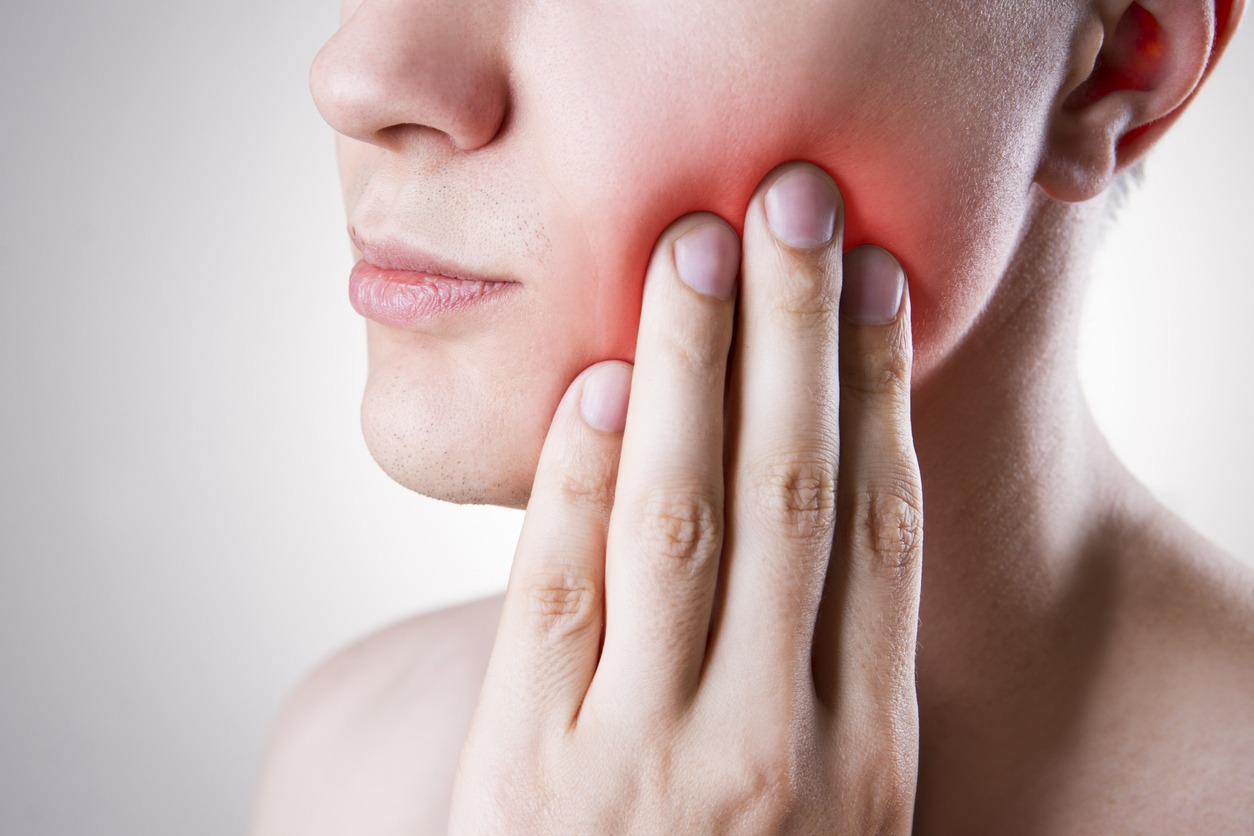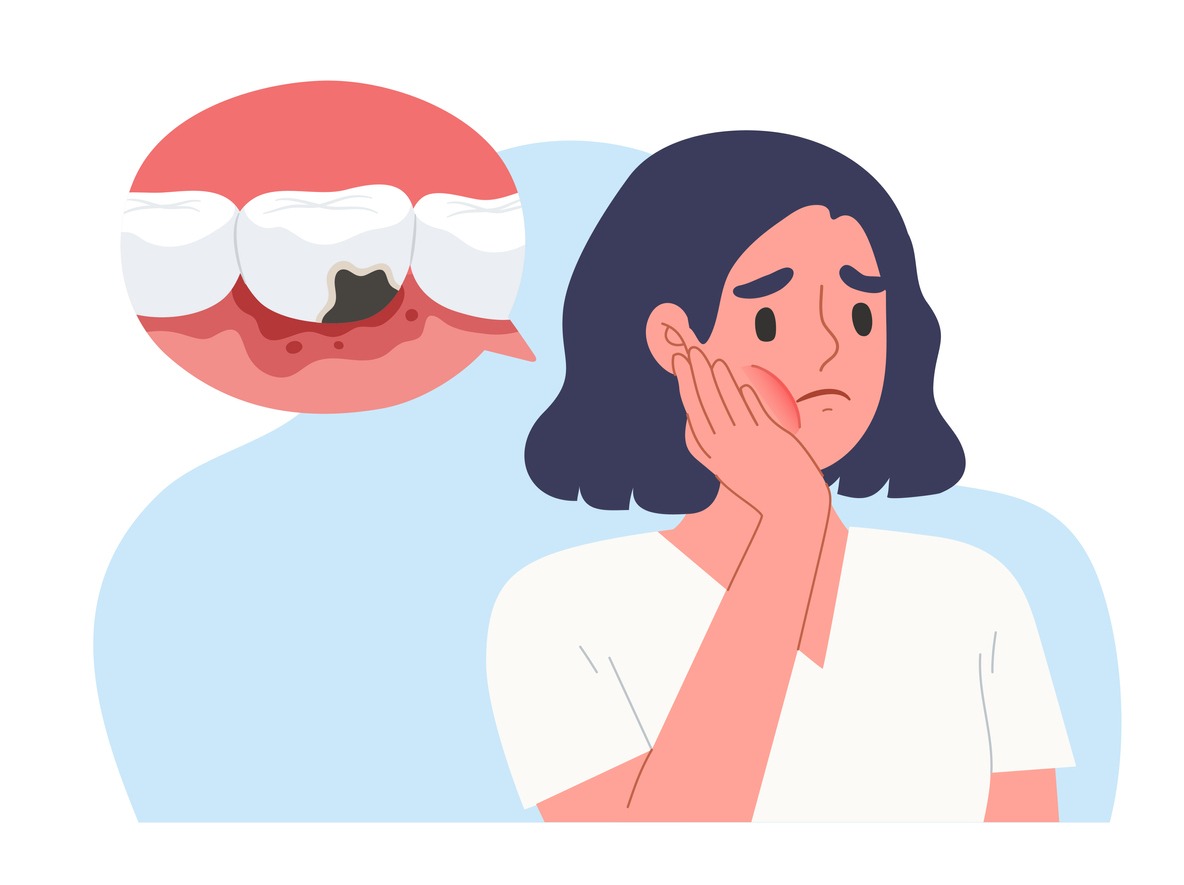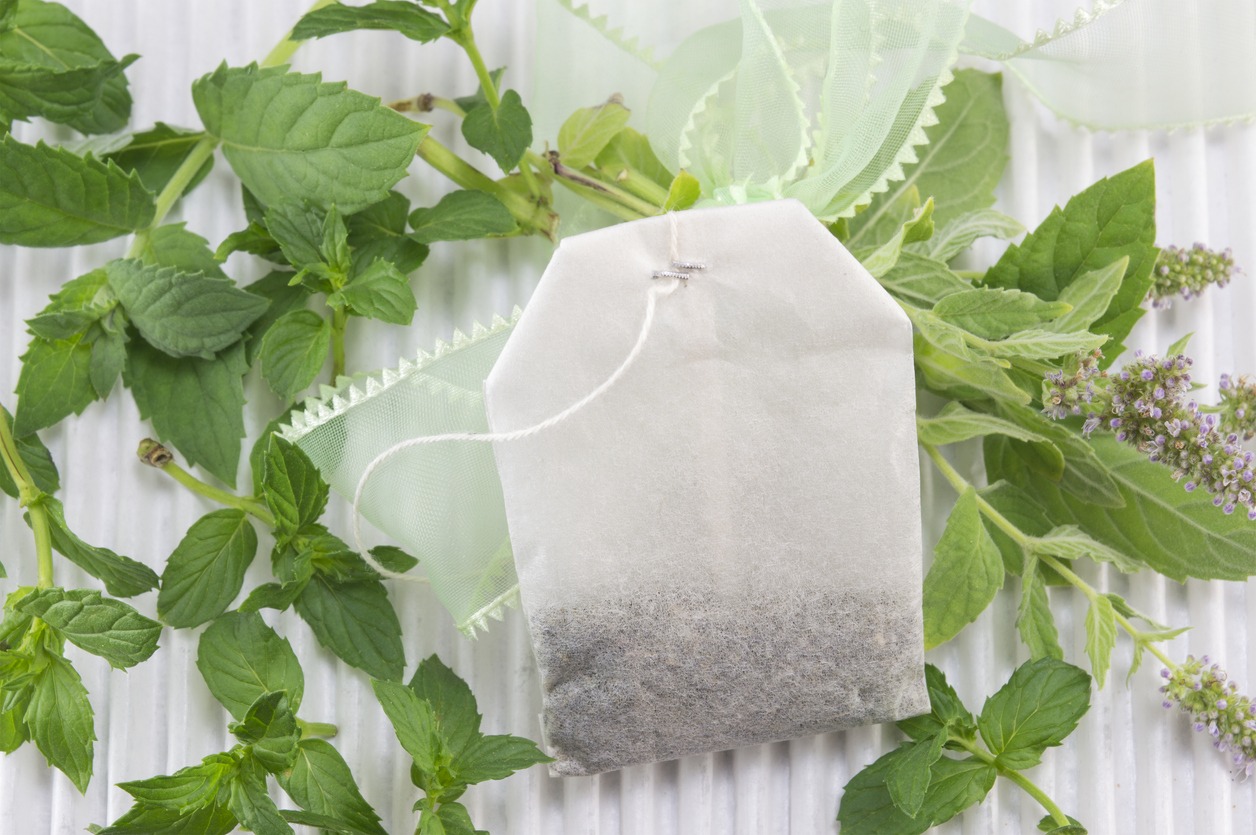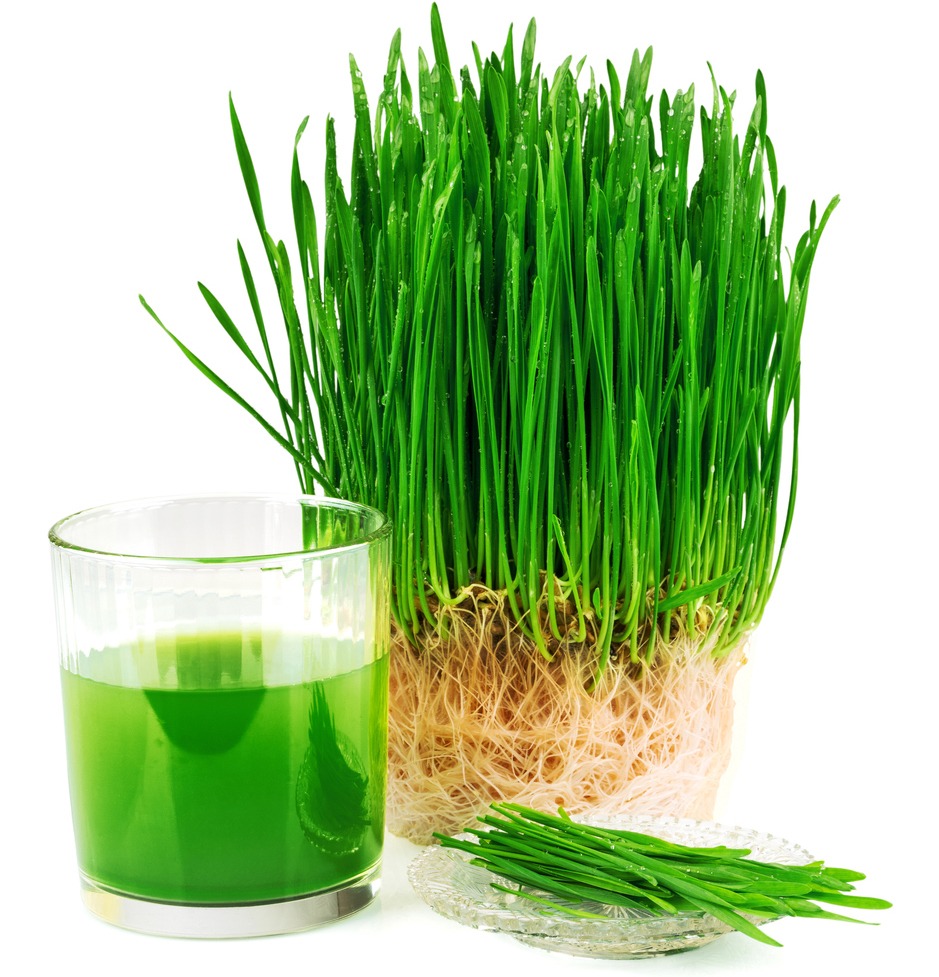No one enjoys the feeling of a toothache. It affects a small part of the body, but it’s hard to function normally when it happens. Toothache can distract you from work and ruin your day. So whenever you feel tooth pain, the goal is to relieve it as quickly as possible. While you can’t get to your dentist immediately, you may have to temporarily endure some discomfort. But thankfully, there are ways to minimize toothache while you wait for your next dental appointment.
What is a Toothache?
A toothache is a pain or discomfort in or around a tooth. It can range from mild to severe and may be caused by various factors, such as tooth decay, a cracked tooth, gum disease, an abscessed tooth, or even sinus pressure. The pain may be sharp, throbbing, or a constant ache, and it may be localized to one tooth or spread to other areas of the mouth or jaw.
In some cases, a toothache may also be accompanied by swelling, fever, or difficulty chewing or biting. It’s essential to see a dentist if you experience a toothache, as it may be a sign of an underlying dental problem that requires treatment.
If there’s an abscessed tooth, it’s vital to seek emergency treatment if there are any of the following symptoms:
- Fever
- Red, swollen gums
- Swollen red bump in the mouth
- Pus or blood
- Throbbing pain
- Swollen face or jaw
- Unpleasant or salty taste in the mouth
- Broken or severely chipped tooth
How to Relieve Toothache
Desperate for temporary toothache relief? If a serious, underlying issue doesn’t cause your toothache and you want relief while waiting for your dentist appointment, you can try out these home remedies to minimize pain:
Apply ice or a cold compress
To alleviate toothache pain, there are two general approaches: reducing inflammation and interrupting pain signals to the brain. One way to achieve the first goal is by applying a cold pack or frozen vegetable bag to the side of your face for 20 minutes at a time. Using cloth as a buffer is essential to avoid skin damage. This technique can blunt pain and decrease swelling.
You can relieve any pain, particularly after experiencing trauma, by using a cold compress. The cold temperature causes blood vessels to constrict, lessening the pain and inflammation. To use this method, hold a towel-wrapped ice pack on the affected area for 20 minutes at a time and repeat every few hours.
You can also use ice to numb the pain and apply it directly to the source of discomfort. Wrap ice in a thin dish towel and hold it in place for 15 minutes. Another option is to hold ice water in your mouth for several seconds but avoid biting the ice to prevent tooth damage.
Take over-the-counter pain meds
Reducing inflammation and dulling pain signals can also be achieved by taking anti-inflammatory medications, such as ibuprofen. To maximize pain relief, it is recommended to continue taking the medication every few hours as directed on the product label. Do not stop taking the medication once you feel relief, as this may cause the pain and inflammation to return. If ibuprofen is unavailable, acetaminophen can be taken; however, note that it is not an anti-inflammatory medication and will only alleviate pain.
Over-the-counter medications such as acetaminophen and ibuprofen can help reduce inflammation and alleviate pain. According to the manufacturer’s instructions, alternating between these medications every four to six hours can provide maximum pain relief. Additionally, some gels can be directly applied to the affected tooth and gums for pain relief.
Here are some over-the-counter pain medications you may take for toothaches:
If you have fever along with your toothache, call your dentist for a same-day appointment. The doctor may prescribe antibiotics and other drugs necessary to cure the issue.
Elevate your head
When you have a toothache, lying down can increase your pain since blood pressure to your head also increases in a flat position. To alleviate this, try elevating your head higher than the rest of your body. You can achieve this by propping your head up with pillows when going to sleep or by sleeping upright in a chair if possible. This can help prevent blood from pooling in your mouth, decrease swelling, reduce pain, and improve circulation.
Rinse with hydrogen peroxide
Using hydrogen peroxide as a mouthwash can effectively reduce pain and inflammation caused by infection. Dilute 3 percent hydrogen peroxide with equal parts water, swish the mixture in your mouth for 15 seconds and spit it out. Rinse your mouth several times with plain water afterward to remove any remaining peroxide. Remember not to swallow the solution and to keep it out of reach of children.
Use peppermint tea bag compress
To ease oral pain temporarily, you can apply peppermint tea bags next to the affected tooth. These tea bags are generally safe and have mild numbing effects. Many individuals prefer to cool their tea bags in the freezer for a few minutes before using them. If you apply a used tea bag, let it cool off first before use so it won’t be too hot. This can create a pleasant sensation that can help distract from the toothache.
Peppermint tea is recognized for its healing properties, including reducing swelling, and can be used as a compress. You can use either a cold or warm tea bag next to your tooth, making sure to let it cool if it’s still hot. To create a cold sensation, put the steeped tea bag in the freezer for three to five minutes before application. Peppermint tea has antibacterial properties, making it beneficial for toothaches. However, using tea frequently can stain your teeth.
Try garlic
Garlic has been known for its medicinal properties for centuries, and it can act as a pain reliever and kill potentially harmful bacteria. To relieve a toothache, you can crush a clove of garlic to make a paste and apply it to the affected area. You can also chew on a fresh garlic clove, spit it out, or soak a cotton ball in garlic oil and place it on the tooth. Garlic contains allicin, a powerful antibacterial compound, making it a popular natural remedy for dental problems.
Rinse with a guava mouthwash
Guava leaves are known for their anti-inflammatory and antimicrobial properties that can help relieve tooth pain and sterilize oral wounds. To use this remedy, you can either chew on fresh guava leaves or boil crushed leaves in water to make a mouthwash. After boiling, let the mixture cool and use it as a rinse or swish it in your mouth for 10 seconds before spitting it out.
Use clove
Clove has a long history of being used to relieve toothaches. Its oil is known to effectively numb the pain and reduce inflammation due to the presence of eugenol, a natural antiseptic. To use this remedy, mix clove oil with a carrier oil such as sunflower or jojoba oil at a ratio of 15 drops of clove oil per ounce of carrier oil. Apply the diluted oil onto a cotton ball and dab it onto the affected area a few times daily. You can also add a drop of clove oil to a small amount of water to make a mouthwash. Another option is to apply a drop of clove oil directly to the tooth or chew on a whole clove for temporary relief.
Try thyme
Thyme is an herb that possesses potent antioxidant and antibacterial properties, making it a great natural remedy for toothache. To use thyme for toothache, you can create a mouthwash by adding a few drops of thyme essential oil to water. Alternatively, you can dilute thyme essential oil with clean water and apply it to a cotton ball before placing it on the affected area. Another option is to apply the diluted oil directly to the affected tooth.
Use wheatgrass
Wheatgrass is a potent natural remedy that boasts numerous healing properties, such as anti-inflammatory and immune-boosting effects. It is rich in various nutrients, particularly chlorophyll, which can effectively combat harmful bacteria. Wheatgrass can be consumed as a juice or utilized as a mouthwash to relieve toothache symptoms. Swish wheatgrass juice in your mouth a few times daily to experience its benefits against bacterial infections.
Dab vanilla extract
Vanilla extract, which contains alcohol, can help alleviate pain by numbing the area. Its antioxidant properties also make it a reliable healer. It is essential to use natural vanilla extract rather than imitation one.
To use this remedy, apply a small amount of vanilla extract directly to the affected area using your finger or a cotton ball. Repeat the process several times a day.
Possible Causes of Toothache
During your dentist appointment, your dentist will examine your mouth to determine what causes the toothache. These are the main causes of tooth pain:
- Dental decay or cavities
- Temperature sensitivity
- Filling
- Gum disease or infection
- Abscessed tooth or infected root canal
- Tooth fracture or cracked tooth
- Tooth grinding or clenching
- Periodontal disease
- Dental procedures such as fillings, crowns, or extractions
- Impacted wisdom teeth
- Temporomandibular joint disorder (TMJ)
- Sinus infection or sinus pressure
- Trauma or injury to the tooth or jaw
How to Prevent a Toothache
You can prevent the likelihood of toothaches from happening by practicing good oral hygiene. Here are some tips you can follow:
- Brush your teeth twice a day with fluoride toothpaste.
- Floss at least once daily to remove plaque and food particles from between teeth and gums.
- Use mouthwash to kill bacteria and freshen your breath.
- Avoid sugary and acidic foods and drinks that can erode tooth enamel and cause decay.
- Limit snacking between meals to reduce the frequency of exposure to harmful acids.
- Visit your dentist regularly for check-ups and cleanings to catch any potential problems early on.
- Wear a mouthguard if you participate in contact sports or grind your teeth at night.
- Quit smoking or using tobacco products, which can cause tooth decay, gum disease, and oral cancer.
Conclusion
A toothache can cause a lot of pain and disrupt your daily activities. While it’s essential to see a dentist to figure out the root cause of your pain, there are some home remedies that may help bring you comfort in the meantime.
While these remedies offer temporary relief, they must not be considered a replacement for professional dental care. When you’re experiencing a toothache, you must make an appointment with your dentist immediately to have it evaluated and treated.







